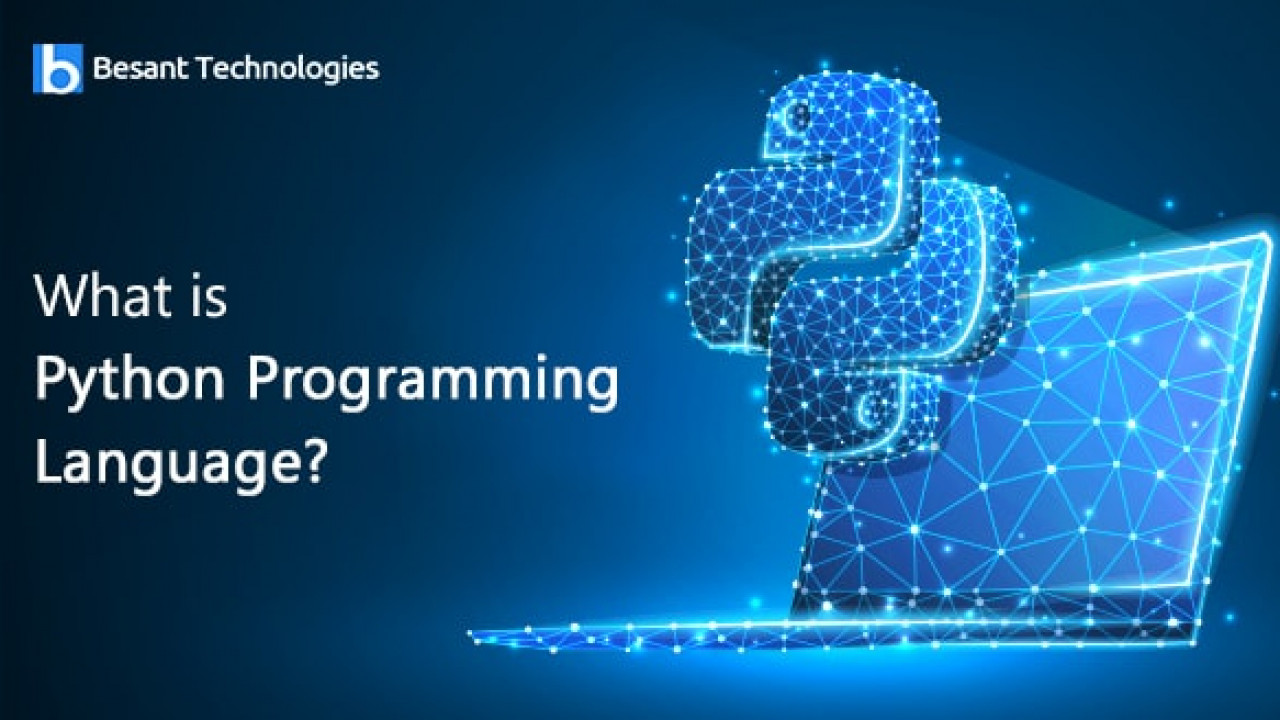
 Mehedi Hasan
Mehedi Hasan
About New Fog Computing
Introduction
Fog computing, also known as edge computing, is a distributed computing paradigm that brings computation and data storage closer to the source of data. This approach is designed to address the limitations of traditional cloud computing, which relies on centralized data centers that are often located far from the devices and sensors that generate and collect data.
Description
One of the main benefits of fog computing is its ability to reduce latency and improve the responsiveness of applications. By moving computation and data storage closer to the edge of the network, fog computing reduces the distance that data must travel, which in turn reduces the time it takes for data to be processed and acted upon. This is particularly important for applications that require real-time or near-real-time processing, such as industrial automation, autonomous vehicles, and smart cities.
Another advantage of fog computing is its ability to improve the scalability and reliability of applications. By distributing computation and data storage across multiple devices and locations, fog computing enables applications to continue functioning even if one or more devices or locations fail. This is critical for applications that must operate in dynamic and unpredictable environments, such as disaster response and emergency management.
Fog computing also enables a more secure and privacy-preserving approach to data processing. By keeping data closer to the edge of the network, fog computing reduces the amount of data that needs to be transmitted over the internet, which reduces the risk of data breaches and unauthorized access. Additionally, fog computing allows for more granular control over data processing, which enables organizations to better protect sensitive data and comply with privacy regulations.
Despite its many benefits, fog computing is still a relatively new field, and there are ongoing efforts to develop and standardize the technologies and architectures that underpin it. For example, the OpenFog Consortium is a global organization dedicated to advancing the development and deployment of fog computing technologies.
In conclusion, fog computing is an emerging technology that promises to bring computation and data storage closer to the edge of the network, reducing latency, improving responsiveness, and enhancing the scalability and reliability of applications. It will be a key technology in the future of IoT and Industry 4.0. as well as smart cities, autonomous vehicles and many other fields.






